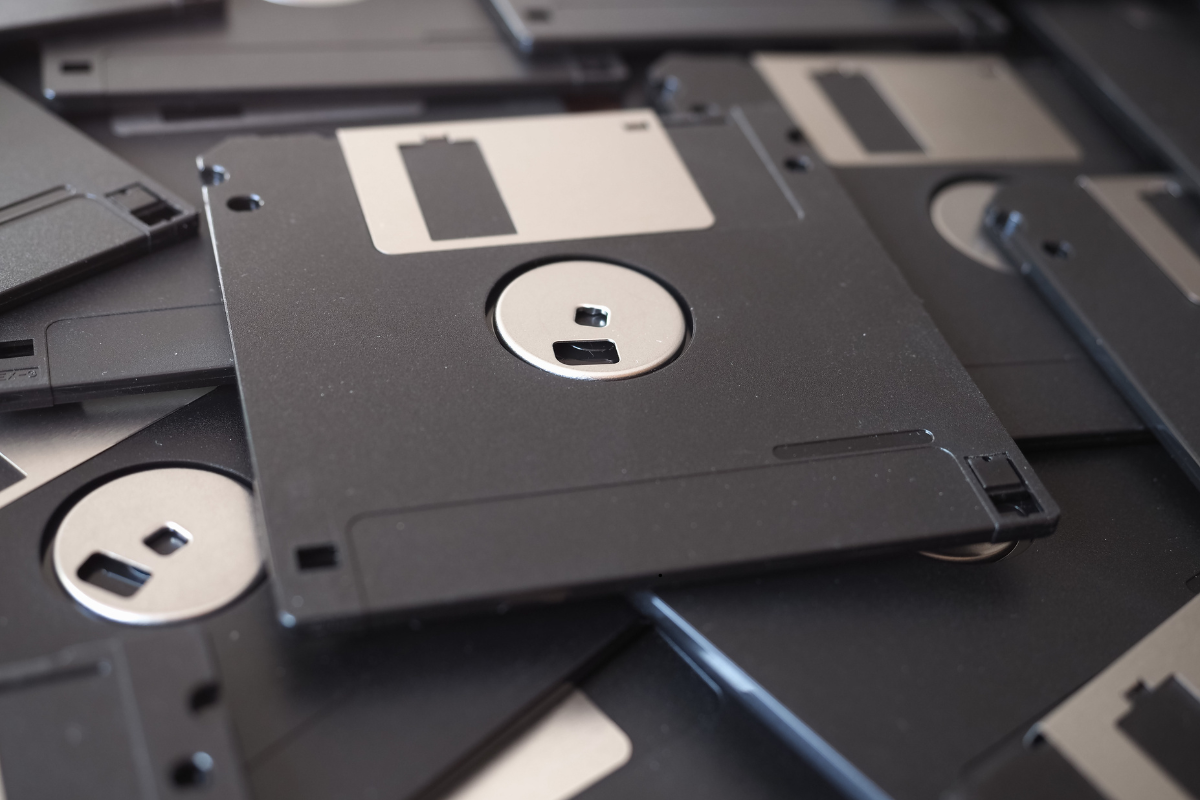Magnetic data storage devices have been pivotal in the evolution of data storage technology, playing a crucial role in the way we store, access, and manage information. From the early days of computing to the present era of vast digital landscapes, these devices have continually adapted and evolved to meet the growing demands for capacity, speed, and reliability. This article delves into the history, technology, and future of magnetic data storage devices, underscoring their significance in the digital world.
The Evolution of Magnetic Data Storage Devices
The journey of magnetic data storage devices began in the mid-20th century with the advent of magnetic tape. Introduced by IBM in the 1950s, magnetic tape revolutionized data storage by providing a reliable and relatively inexpensive means of recording digital information. These tapes utilized a magnetizable coating on a thin strip of plastic to encode data, which could then be read by magnetic heads.
Following magnetic tape, the development of magnetic drum memory in the late 1950s marked another significant milestone. Magnetic drums were early forms of computer memory that stored data on the surface of a rotating drum coated with a ferromagnetic material. Although they were eventually overshadowed by more advanced technologies, magnetic drums laid the groundwork for the development of hard disk drives (HDDs).
The Hard Disk Drive: A Game-Changer
The invention of the hard disk drive in 1956 by IBM represented a major leap forward in magnetic data storage technology. HDDs utilize spinning disks, or platters, coated with magnetic material. Data is written and read by magnetic heads that move across the platters’ surfaces. Over the decades, HDDs have undergone significant advancements in terms of storage capacity, speed, and form factor.
Modern HDDs are capable of storing terabytes of data, with enterprise-level drives reaching capacities of up to 20 terabytes or more. Innovations such as perpendicular magnetic recording (PMR) and shingled magnetic recording (SMR) have further enhanced the data density and efficiency of HDDs. Despite facing competition from solid-state drives (SSDs), HDDs remain a popular choice for applications requiring high-capacity storage at a relatively low cost.
Magnetic Data Storage in Modern Computing
Today, magnetic data storage devices are integral to a wide range of applications. From personal computers and servers to large-scale data centers and cloud storage solutions, these devices provide the backbone for digital information management. They are particularly valued for their durability and ability to retain data without power, making them suitable for long-term archival storage.
In addition to traditional HDDs, magnetic storage technology has found applications in magnetic tape drives for backup and archival purposes. Modern magnetic tapes, such as Linear Tape-Open (LTO), offer capacities exceeding 30 terabytes per cartridge, making them a viable option for organizations needing to store large volumes of data securely and cost-effectively.
Advances in Magnetic Data Storage Technology
The field of magnetic data storage continues to evolve, driven by the need for greater efficiency and capacity. One promising development is the use of heat-assisted magnetic recording (HAMR) and microwave-assisted magnetic recording (MAMR) technologies. These methods involve heating or applying microwave energy to the recording medium, allowing for higher data densities and greater storage capacities.
Another innovative approach is the exploration of racetrack memory, which uses magnetic domains to store data in nanowires. Racetrack memory promises to combine the high speed and durability of SSDs with the capacity and cost-effectiveness of traditional magnetic storage.
The Future of Magnetic Data Storage Devices
As data generation continues to skyrocket, the future of magnetic data storage devices looks promising. Researchers are exploring materials and techniques to push the boundaries of what these devices can achieve. For instance, advancements in spintronics—a technology that exploits the intrinsic spin of electrons—could lead to new forms of magnetic storage with unprecedented speed and efficiency.
Moreover, the integration of artificial intelligence (AI) and machine learning in data management is likely to enhance the performance and reliability of magnetic storage systems. AI can optimize storage allocation, predict failures, and ensure efficient data retrieval, making magnetic storage devices more intelligent and adaptive to changing needs.
Conclusion
Magnetic data storage devices have played a fundamental role in shaping the digital landscape, from the early days of magnetic tape and drum memory to the sophisticated HDDs and tape drives of today. As technology continues to advance, these devices are poised to meet the ever-growing demands for data storage, offering innovative solutions that blend capacity, speed, and cost-effectiveness. The ongoing evolution of magnetic data storage technology ensures its relevance in the digital age, promising a future where vast amounts of data can be stored efficiently and accessed swiftly, driving further advancements in computing and information management.

